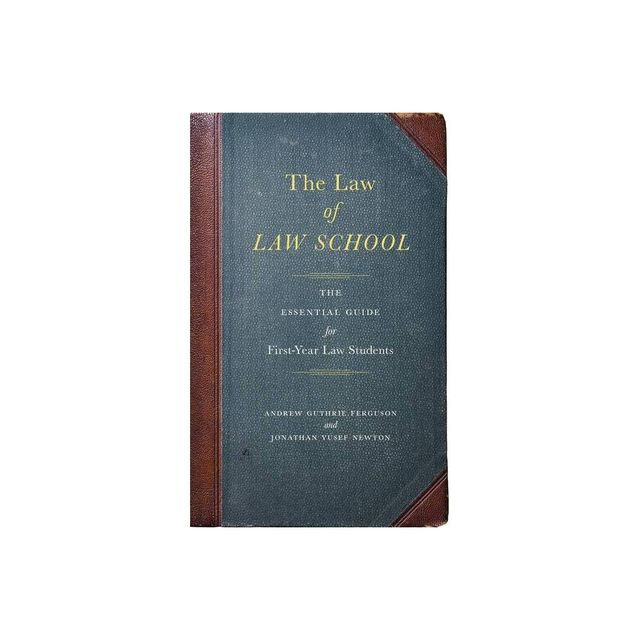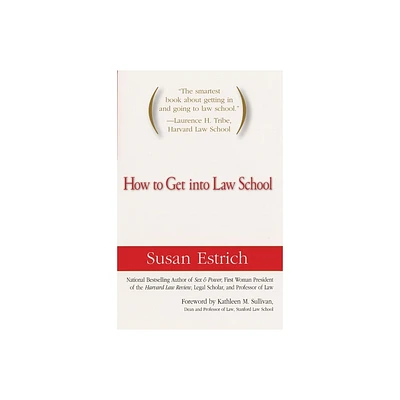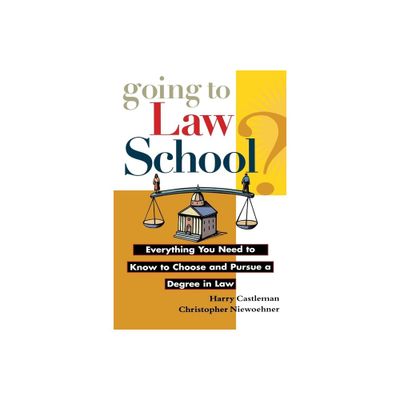Home
Vanderbilt Law School: Aspirations and Realities
Loading Inventory...
Barnes and Noble
Vanderbilt Law School: Aspirations and Realities
Current price: $35.00


Barnes and Noble
Vanderbilt Law School: Aspirations and Realities
Current price: $35.00
Loading Inventory...
Size: OS
*Product Information may vary - to confirm product availability, pricing, and additional information please contact Barnes and Noble
The Law Department was one of two departments that opened for classes in the fall of 1874 in the newly-founded Vanderbilt University. The operation of the institution in the nineteenth century was governed by a quasi-proprietary model, which was abandoned in 1900, when the University made the school a more integral part of the academic enterprise.
The first half of the twentieth century was a struggle for survival. The School faced a number of obstacles, including the educational and cultural headwinds that all Southern educational institutions faced, limited resources, and a University hesitant to embrace national trends in legal education.
These realities resulted in the School's expulsion from the Association of American Law Schools in 1926. A renaissance of sorts began under Dean Earl C. Arnold a few years later, but was ultimately snuffed out by the Great Depression and then the onset of World War II. The Law School's doors were closed in 1944. Vanderbilt Law School reopened in 1946, and John W. Wade's twenty-year deanship, beginning in 1952, set the School on a new path.
While the institution's continued existence was no longer in doubt, the School encountered new tensions and conflicts. Vanderbilt became the first integrated Southern private law school in 1956, as part of a broader movement to diversify its faculty and student body. The movement from regional to national aspirations created new fault-lines among the School's constituencies, as did the debate among the faculty over the relative priorities of teaching and research. Throughout the century, developments in the academic program reflected and contributed to the new, modern understandings of legal education. This history is based on interviews and extensive archival research in personal papers, reports, Board of Trust and faculty meeting minutes.
The first half of the twentieth century was a struggle for survival. The School faced a number of obstacles, including the educational and cultural headwinds that all Southern educational institutions faced, limited resources, and a University hesitant to embrace national trends in legal education.
These realities resulted in the School's expulsion from the Association of American Law Schools in 1926. A renaissance of sorts began under Dean Earl C. Arnold a few years later, but was ultimately snuffed out by the Great Depression and then the onset of World War II. The Law School's doors were closed in 1944. Vanderbilt Law School reopened in 1946, and John W. Wade's twenty-year deanship, beginning in 1952, set the School on a new path.
While the institution's continued existence was no longer in doubt, the School encountered new tensions and conflicts. Vanderbilt became the first integrated Southern private law school in 1956, as part of a broader movement to diversify its faculty and student body. The movement from regional to national aspirations created new fault-lines among the School's constituencies, as did the debate among the faculty over the relative priorities of teaching and research. Throughout the century, developments in the academic program reflected and contributed to the new, modern understandings of legal education. This history is based on interviews and extensive archival research in personal papers, reports, Board of Trust and faculty meeting minutes.


















